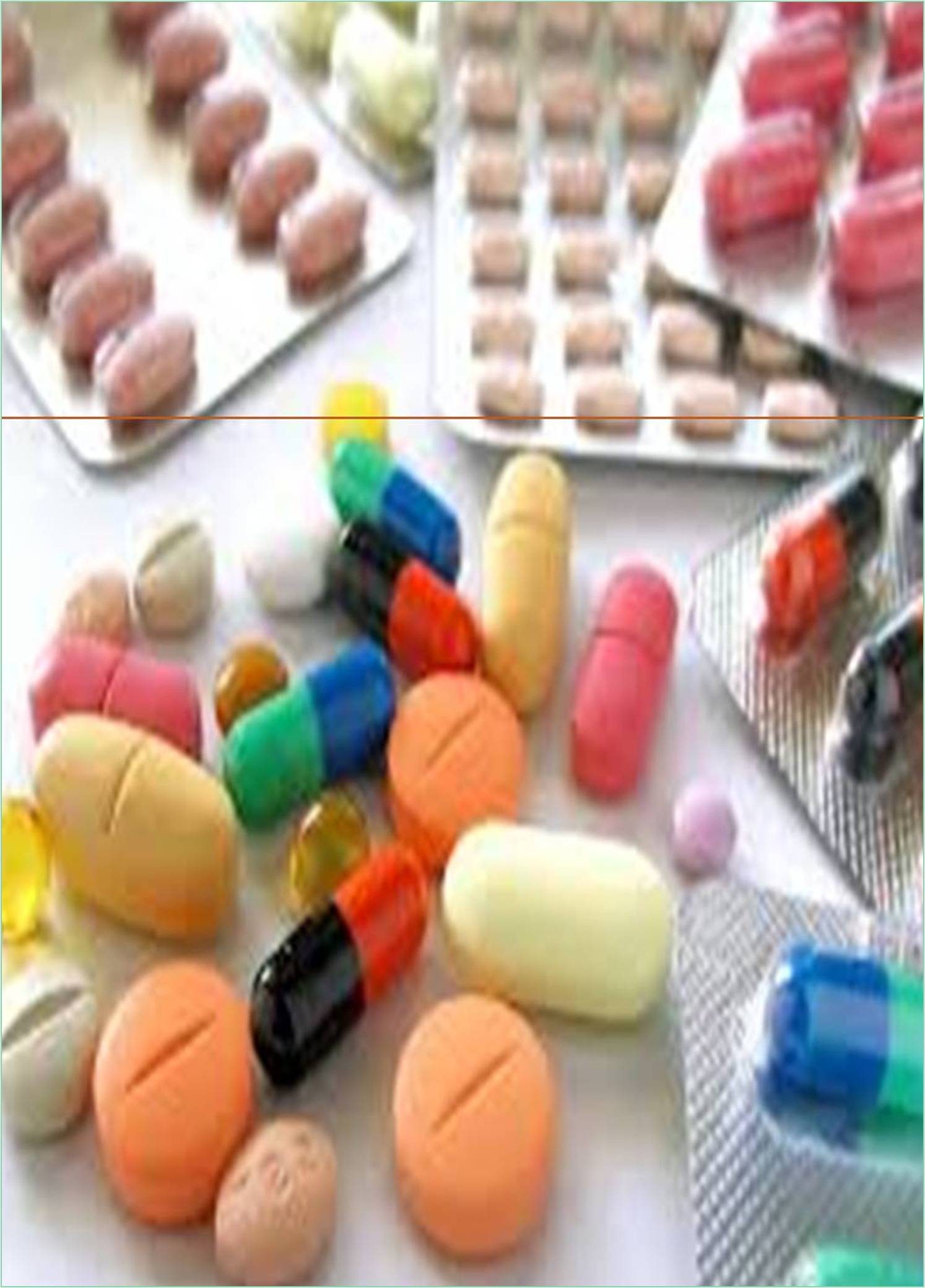



Received: 02-Feb-2022, Manuscript No. GJPP-22-58866; Editor assigned: 04-Feb-2022, Pre QC No. GJPP-22-58866 (PQ); Reviewed: 18-Feb-2022, QC No. GJPP-22-58866; Revised: 24-Feb-2022, Manuscript No. GJPP-22-58866 (R); Published: 28-Feb-2022, DOI: 10.37421/GJPP.22.10.005
Drugs can be delivered to difficult-to-treat tumors using small Nano-sized robots and vehicles that can move through blood arteries to reach the illness location. Most medications rely on the movement of body fluids to get about the body once they’ve been injected or swallowed. This means that it is difficult to treat certain types of diseases effectively in this way. An invasive brain tumor called glioblastoma, for example, kills hundreds of thousands of people a year. But it produces finger-like impressions into the patient’s brain tissue, damaging the blood vessels around them, making it harder for drugs to reach the tumor site.
Professor Daniel Ahmed, who currently heads the Acoustic Robotics Systems Lab in ETH Zurich, Switzerland, said, When you inject cells into the body, they follow the blood. Instead, scientists are resorting to Nano scale small robots and vehicles to distribute drugs around the body in a controllable way. But first, they need to figure out how to run them.
Nanoparticles are “10 times smaller than red blood cells, and if you use inactive cells, there is no way to control them,” says Professor Ahmed. To overcome this, he and his colleagues on the Sonobots proj- ect are using ultrasound to modify Nano devices that carry cancer-killing drugs. Ultrasound technology is commonly used by physicians in medical imaging because of the way high-frequency sound waves bounce to different parts of the body, which can be used to create an image.
Prof. Ahmed and his fellow scientists, however, showed that they could use ultrasound to guide an air bubble deposited in a polymer shell and an imaging chemical. They call these small vehicles Nano swimmers because their capacity is to move forward through the fluid. Sound waves push groups of these nano swimmers towards the ship’s walls. However this force is not strong enough to affect the movement of red blood cells in the blood. Professor Ahmed said he was inspired by how sperm travel: they stick to the stationary walls of the vagina and use them to stretch forward. He explained, “We move (Nano swimmers) to the wall and manipulate them.” Because the Nano swimmers can follow the walls of the blood channels, it is easier to direct through them.
Nano swimmers
This ability to fine-tune Nano swimmers is critical if scientists wish to send their drug-carrying nano-vehicles to glioblastomas, which is the ultimate goal. Nano swimmers must carefully navigate to the cancer cells since blood vessels around them. However, once they arrive, the researchers can safely man oeuvre the swimmer into position to deliver their drug payload to the tumour.
Scientists have been able to tweak and track their Nano swimmers in zebra fish embryos so far, but Professor Ahmed says they are still interested in applying their technology to mice. “Although zebra fish have small brains, their blood-brain barrier is still developing. To understand leaky vascularization, we must turn to mice. “Although there are many propulsion mechanisms for guiding drug-carrying Nano vehicles such as chemicals, magnetic fields or light, Professor Ahmed says ultrasound is attractive for a number of reasons.
Ultrasound waves have been shown to penetrate deeper into the body but are safer. For example, it is commonly used to detect fetal heartbeat in pregnant women. The technology is relatively inexpensive and can also be found in the majority of hospitals and clinics. Delivery of drugs precisely to specific areas of the body can help address other common, but fatal diseases.
Researchers at the ANGIE project hope that Professor Salvador Pane and Professor Joseph Puigmarty-Lewis, Targeted Drug Delivery Physicians will allow a greater number of stroke patients to be treated more effectively. Ischemic strokes, which occur when blood clots stop blood flow to the brain, are the leading cause of death in the European Union, with 1.1 million people suffering from strokes each year.
Stroke
Clot-busting drugs are the mainstay of treatment for patients coming to the hospital after a stroke, although they are given as an injection and revolve around the body before reaching the brain. These drugs have many side effects ranging from nausea and low blood pressure to bleeding in the brain and not everyone can take them. If treatments can be diverted to the area of the vein or artery where clotting occurs, they can be cleared more effectively. If we concentrate the required amount at clotting, we will drastically reduce these side effects and we will be able to treat more patients and reduce the side effects.